Long March Project — Ho Chi Minh Trail
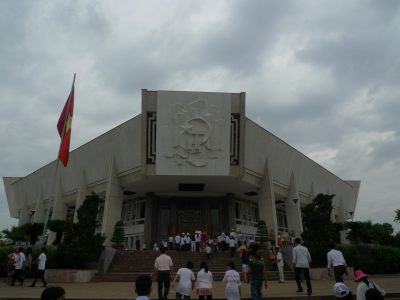
Stage I | Field Research & Curatorial Intent
Ho Chi Minh Trail
Time: 2008-2009
Location: Vietnam, Cambodia, Laos
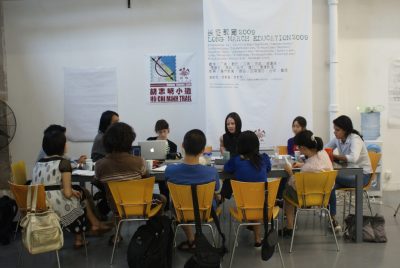
Stage II | Educational Residency
Ho Chi Minh Trail
Time: July , 2009
Location: Beijing
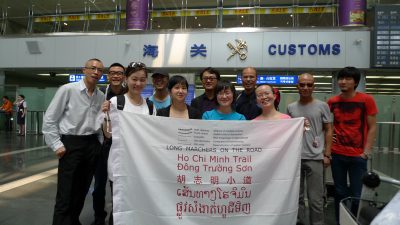
Stage III | The Journey
Ho Chi Minh Trail
Time: June 12, 2010 – July 3
Location: Vietnam, Cambodia, Laos, China
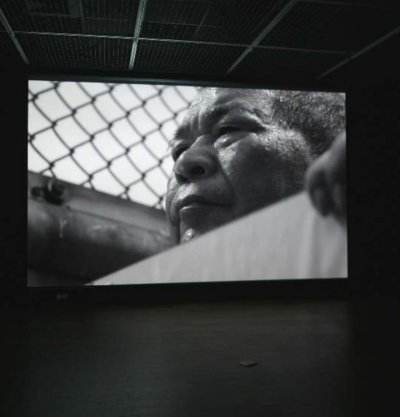
Stage IV | Rehearsal & Theatre
Ho Chi Minh Trail
August – December 2010, Long March Space, Beijing
October 2010 – January 2011, “Rehearsal”, 8th Shanghai Biennial, Shanghai Art Museum, Shanghai
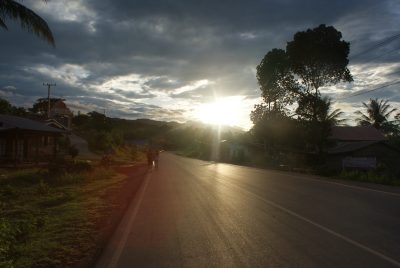
Thirteen Points from Participating Curators, Artists and Philosophers
Ho Chi Minh Trail
Time: 2010
Author: Curators, artists and philosophers who participated in “Long March Project – Ho Chi Minh Trail”
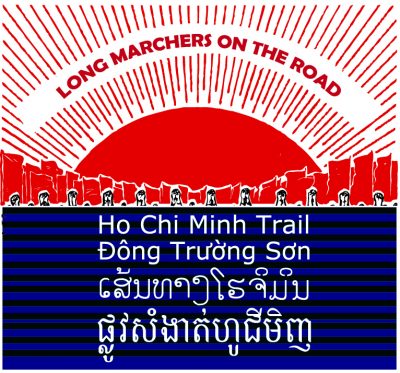
Participants & Chronology
Ho Chi Minh Trail
Time: 2006-2010
Stage I | Field Research & Curatorial Intent
Ho Chi Minh Trail
Time: 2008-2009
Location: Vietnam, Cambodia, Laos
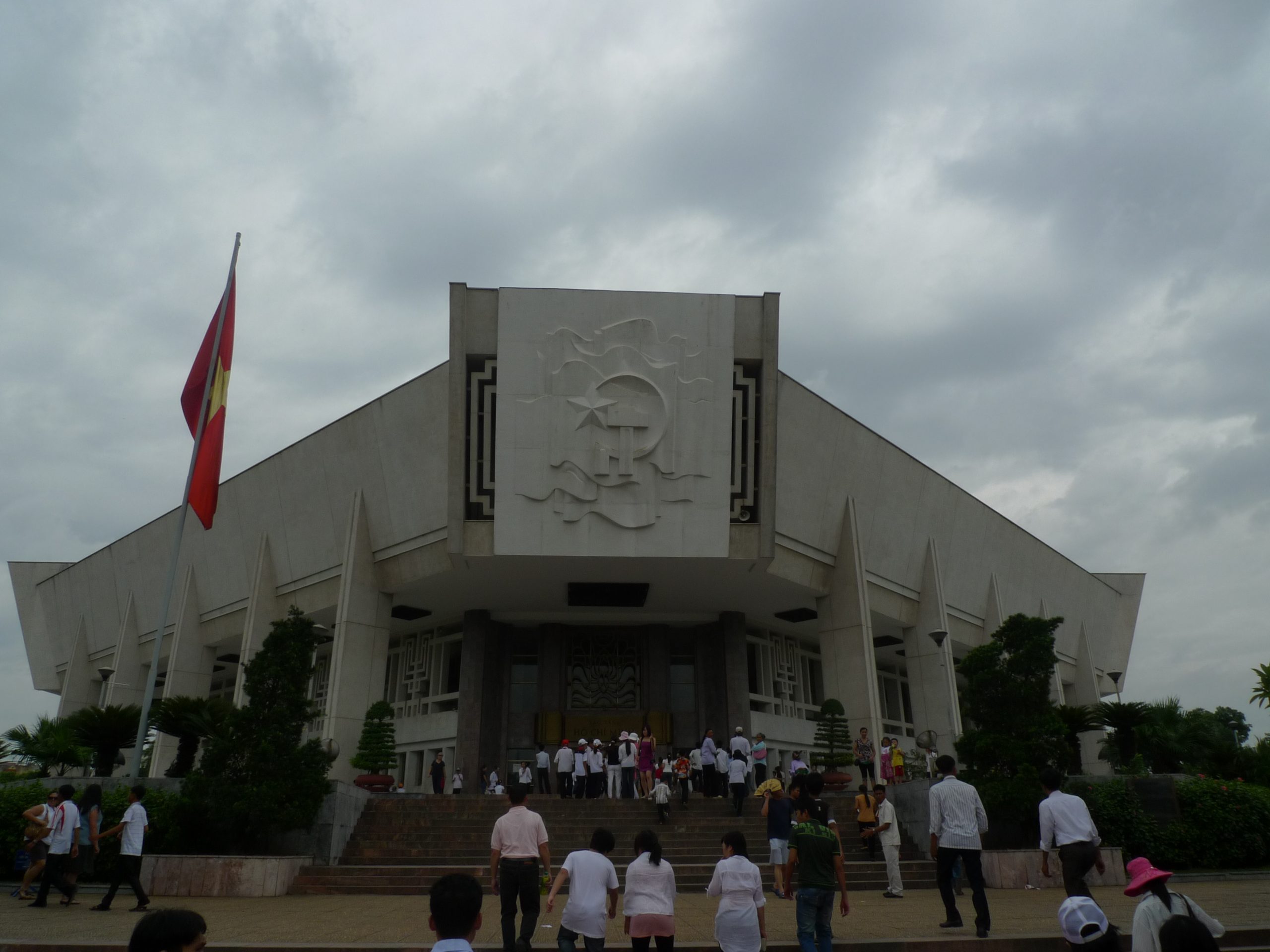
Initiated by the Long March Project, Ho Chi Minh Trail is a collaborative contemporary arts project in the implementation of physical, discursive, and artistic activities between China, Vietnam, Cambodia and Laos.
This project involves multiple individuals (visual artists, writers, historians, film makers, performers, musicians etc), artistic organizations and institutions (public and private) from across this region and its diaspora. Discussions, lectures, public forums, informal screenings of historical and contemporary visual material, new art works, performances, new imaginings, new texts - all to be created, shared, exhibited, documented, and distributed, in the spirit of artistic exchange that is recognized as foundationally paramount to the crucial relationship between culture and contemporary society.
Long March Project begun with a grand historical narrative in 2002 and continued in the following eight years as an ongoing investigation of critical discourse surrounding art and culture. Today the project places its focus specifically on the disguised spaces that reveal political economics of visual culture. The geographical and historical complexities of the Ho Chi Minh Trail presents the route as an ideal metaphor for engaging with and constructing a new interrelational reality between Southeast Asia, China, and other communities in the world.
Rationale
The Ho Chi Minh Trail, though internationally understood as a logistical supply route created during the Second Indochina War, formed a vast network of passageways across China, Vietnam, Laos and Cambodia. This area was the strategic battle ground between the two communist powers [China and the Soviet Union] and the US during the second Indochina war.
China’s decision to support Southeast Asia during this time was instrumental to Mao Zedong’s domestic argument to gather the masses against Imperialist forces encroaching its national borders. This rhizomic map serves as a reflection of the interconnected, influential, overlapping histories of the region. Taking Vietnam as example, Kublai Khan’s presence in Vietnam in the 13th Century; Vietnam’ s complicated relationship with the People's Republic of Kampuchea in the 1980s; and vassal relationship between the Cham Dynasty of Vietnam with China are but a few historical examples which to this day contribute to significant and prolonged feelings of divide between different countries.
The Ho Chi Minh Trail Project calls for a questioning of fixed relations of social production as determined by ideas of history, identity, market logic and subconscious effects of geographical imposed divide. The tangible elements of the project will include dialogue, artistic production, physical experience, and other forms of feeling to reach a state of baiganjiaoji, literally meaning‘a multitude of feelings.’ This process of following through intellectual, physical, and interactive re-sensitizations will transform the act of acting into actual action.
In contemporary times, social conditions encourage us to assume cosplay characters determined by the nature of specific social production models. It is crucial that we re-evaluate and contemplate upon the terms post- war, post-revolution, post-colonial, and post-historical that define our cultural realities today.
Through “Thought – Discourse – Body – Action,” the Ho Chi Minh Trail project will journey through these hidden spaces and histories, thereby constructing ‘a disguised political space.’
A parallel urgency is evident in the contemporary art world in which art is continually identified as materialization and spectacle of global capitalism and neo-liberalism, instead of what it can be—a materialization of cultural/thought production and negotiation between memory and reality. What new artistic modes will follow the recent trends of institutional critique, social engagement and relativism? What are the ways in which an individual can perform his/her historical consciousness?
How can we take the Ho Chi Minh trail, a layered geographical network with multiple intertwining historical narratives, and examine its disguised spaces of contemporary visual, political, and economical complexity? Through “Thought – Discourse – Body – Action,” the Ho Chi Minh Trail project will journey through these hidden spaces and histories, thereby constructing ‘a disguised political space.’
